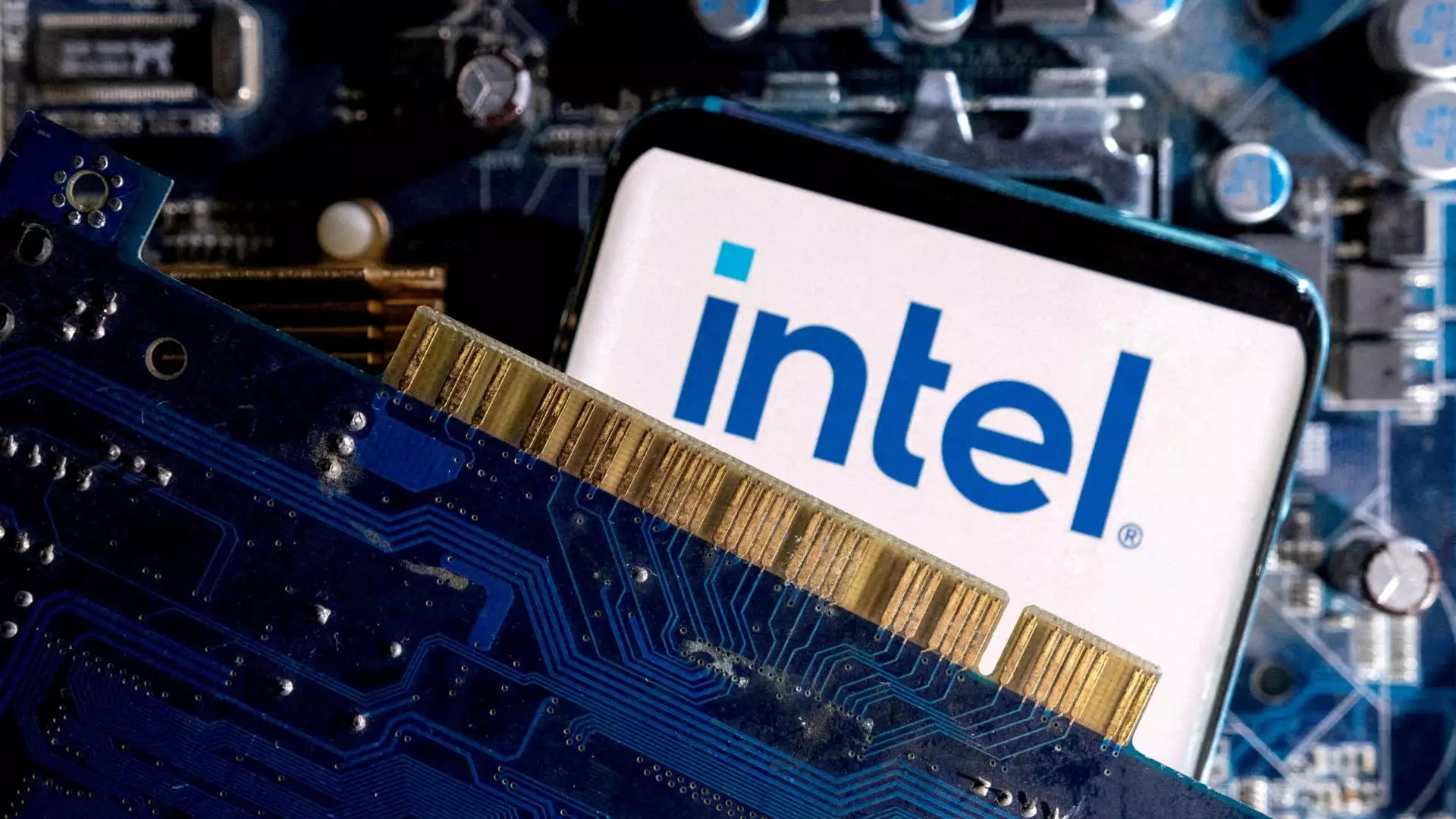Intel Corporation, a leading player in the semiconductor industry, has recently announced a significant overhaul of its corporate structure, namely the decision to spin off Intel Capital, its venture capital arm. This crucial move is not merely a rebranding but a strategic recalibration aimed at revitalizing the company’s financial health and market positioning amidst a backdrop of turbulence in the tech sector.
Intel Capital, with assets totaling approximately $5 billion, has been a wholly owned subsidiary of Intel since its inception in 1991. By transitioning Intel Capital into a standalone entity, Intel opens the door to greater financial flexibility. The spin-off allows Intel Capital to attract outside investors, thereby diversifying its funding sources beyond Intel itself. This decision highlights the industry’s increasing acknowledgment of the benefits that independent venture capital firms can offer—particularly when seeking innovative technologies and startups that align with market demands.
The forthcoming independence of Intel Capital will be effective in the latter half of 2025. This timeline suggests that Intel is undertaking a meticulous preparation process, including workforce assurance that current employees will transition with the firm. The potential reevaluation of the name “Intel Capital” further indicates a desire to establish a distinct identity for the new entity, one that may better reflect its independent mission within the venture capital landscape.
This announcement comes on the heels of Intel’s tumultuous journey over the past few years. The company reported its worst performance in the stock market since its debut in 1971, primarily due to strategic missteps, competitive pressures, and a significant decline in market share. The recent restructuring signifies not just a tactical response to operational challenges but a broader ambition to rejuvenate its core business areas.
Cost-cutting initiatives are critical components of Intel’s revised strategy. By simplifying its business model, Intel aims to streamline operations while making substantial investments in building state-of-the-art semiconductor manufacturing facilities. This dual focus on capital expenditure and operational efficiency reflects Intel’s commitment to not only restoring its position in the competitive PC chip market but also to advancing the development of cutting-edge technology.
The recent exit of former CEO Pat Gelsinger marks a pivotal moment in Intel’s leadership dynamics. The appointment of interim co-CEOs, David Zinzner and Michelle Holthaus, suggests a shift in governance, aimed at ushering in a period of introspection and more direct accountability.
Intel’s decision to spin out Intel Capital aligns with a growing trend in the tech ecosystem, where major corporations redefine their venture capital arms. The case of SAP’s spin-off of SAP Ventures into Sapphire Ventures serves as a notable example; a move that has proven beneficial in allocating resources more efficiently while cultivating greater innovation potential.
Corporate venture capital reached its zenith in 2021, with a massive influx of $156 billion in available capital funneled into nearly 3,800 deals. This expansive embrace of venture investing is juxtaposed against current market anxieties driven by rising interest rates and declining startup investment figures. Intel’s timing in recalibrating its venture capital focus, against such macroeconomic challenges, reflects a pragmatic understanding of the industry landscape.
As Intel prepares for the operational independence of Intel Capital, the future landscape is highly contingent on how well it navigates these transitions. The restructuring is anticipated to allow greater agility and responsiveness within the venture capital space, particularly in identifying and investing in disruptive technologies.
What remains to be seen is whether this pivot will yield positive results for Intel, allowing it to regain its foothold in the tech market. The re-engagement with external investors could provide fresh insights and resources critical for fostering innovation, especially as the semiconductor field becomes increasingly competitive.
While the spin-off of Intel Capital is a move rooted in necessity, its success largely hinges on the ability of Intel to not only respond to immediate monetary pressures but to foster a culture of innovation and adaptability that ensures sustained growth in an ever-evolving industry.


Leave a Reply